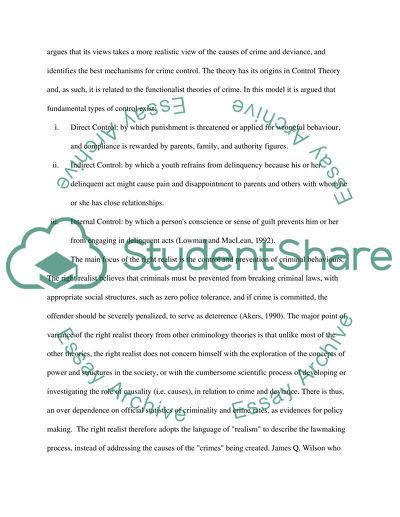Cite this document
(“Realist Theories Essay Example | Topics and Well Written Essays - 1250 words”, n.d.)
Retrieved de https://studentshare.org/sociology/1510088-realist-theories
Retrieved de https://studentshare.org/sociology/1510088-realist-theories
(Realist Theories Essay Example | Topics and Well Written Essays - 1250 Words)
https://studentshare.org/sociology/1510088-realist-theories.
https://studentshare.org/sociology/1510088-realist-theories.
“Realist Theories Essay Example | Topics and Well Written Essays - 1250 Words”, n.d. https://studentshare.org/sociology/1510088-realist-theories.


